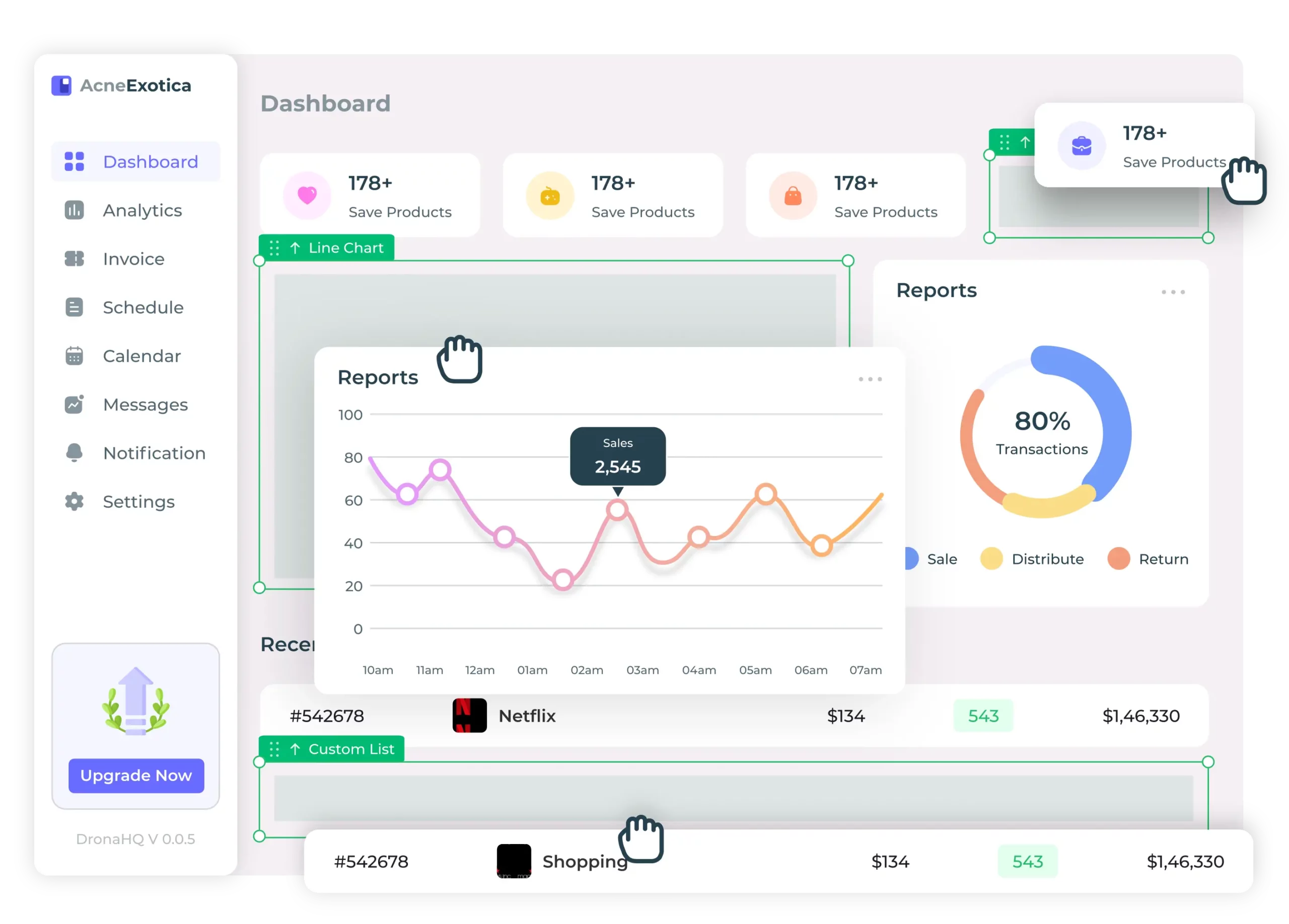Forecasting sales and demand has always been one of the most critical aspects of business planning. Today, Artificial Intelligence (AI) is transforming how companies predict customer needs, manage inventory, and optimize supply chains. With advanced machine learning algorithms, AI tools can analyze huge datasets, detect hidden patterns, and deliver forecasts that are faster and more accurate than traditional methods.
As a leading IT solutions provider since 2013, Singleclic helps businesses in the Arab world and beyond adopt cutting-edge AI technologies for better sales and demand forecasting.
What Is AI Sales and Demand Forecasting?
AI sales forecasting refers to the use of machine learning and data analytics to predict:
- Future sales revenue
- Customer purchasing patterns
- Seasonal demand fluctuations
- Market trends affecting product demand
Unlike manual methods or simple Excel models, AI-driven forecasting considers multiple variables simultaneously, including customer behavior, marketing activities, supply chain data, and even macroeconomic indicators.
Why Businesses Use AI for Forecasting
Improved Accuracy
AI tools reduce forecasting errors by learning from past sales and external data sources, such as weather or regional events.
Real-Time Insights
Unlike traditional forecasts done monthly or quarterly, AI provides real-time updates, allowing businesses to react quickly to changes.
Cost Efficiency
Better demand predictions mean fewer stockouts and less overstocking, reducing supply chain costs.
Scalability
AI forecasting tools can handle millions of data points, making them suitable for large enterprises and SMEs alike.
Examples of Using AI to Forecast Sales and Demand
Businesses across industries have adopted AI forecasting with impressive results:
- Retailers use AI to predict demand surges during holiday seasons, ensuring shelves stay stocked.
- Manufacturers forecast raw material needs to avoid production delays.
- E-commerce companies predict customer behavior, improving marketing campaigns and conversion rates.
- Healthcare providers forecast demand for medicines and equipment to ensure availability.
These examples highlight how AI forecasting increases efficiency, profitability, and customer satisfaction.
The Four Types of AI-Driven Business Innovation in Forecasting
1. Predictive Analytics
Machine learning models that anticipate future sales volumes based on historical data.
2. Prescriptive Analytics
AI not only forecasts demand but also suggests actions, such as price adjustments or inventory shifts.
3. Real-Time Forecasting
Continuously updated forecasts as new data flows in (e.g., real-time e-commerce transactions).
4. Collaborative AI + Human Insights
Pairing human expertise with AI forecasting tools to refine results and build trust across teams.
Case Studies: AI Demand Forecasting in Action
- Global Fashion Retailer (2022 Case Study): Reduced overstock by 20% using AI demand forecasting tools.
- FMCG Company: Leveraged AI to cut demand-planning cycles from 3 weeks to 3 days.
- Electronics Brand: Combined AI forecasts with sales team input, achieving 15% higher accuracy.
These case studies show how AI forecasting tools are already reshaping industries.
Best AI Tools for Sales and Demand Forecasting
When researching “AI forecasting tools free” or “AI sales forecasting tools,” businesses discover a wide range of platforms. Popular options include:
- Singleclic AI Solutions – Tailored to ERP/CRM systems with real-time demand forecasting.
- Amazon Forecast – A cloud-based tool for scalable predictions.
- Microsoft Azure Machine Learning – Forecasting powered by cloud AI.
- Google Vertex AI – Advanced demand forecasting models.
- Free/Open-Source Tools – Prophet (by Meta), TensorFlow models, and other libraries.
People Also Ask (SEO Section)
What is business innovation and examples in forecasting?
Business innovation in forecasting means applying AI, cloud, and low-code tools to make predictions more accurate. For example, using AI demand forecasting tools to optimize e-commerce sales.
What are innovations in business forecasting with AI?
Examples include real-time forecasting, prescriptive analytics, and collaborative AI-human models.
What are the 4 types of innovation in forecasting?
- Predictive analytics
- Prescriptive analytics
- Real-time forecasting
- Collaborative forecasting (humans + AI)
What are the 4 C’s of innovation in AI forecasting?
The 4 C’s are: Clarity, Collaboration, Customization, and Continuity.
Why Choose Singleclic for AI Sales and Demand Forecasting?
Since 2013, Singleclic has been a trusted partner for digital transformation. Our services include:
- Custom AI software development (ERP, CRM, Low-code platforms)
- Network solutions and IT infrastructure
- Cybersecurity to protect business data
- Hosting and Cloud-native services
- 24/7 technical support
📞 Contact us today to learn how AI forecasting can transform your business:
- Egypt: +2 010 259 99225
- UAE: +971 42 475421
- KSA: +966 58 1106563
🌐 Visit: https://singleclic.com/
Conclusion
Using AI to forecast sales and demand is no longer optional—it is a necessity for businesses aiming to stay competitive. From free AI forecasting tools to enterprise-level solutions, organizations can choose the right technology to improve decision-making, cut costs, and boost efficiency.
By partnering with Singleclic, companies in the Arab region and globally can harness the power of AI demand forecasting to achieve sustainable growth.









